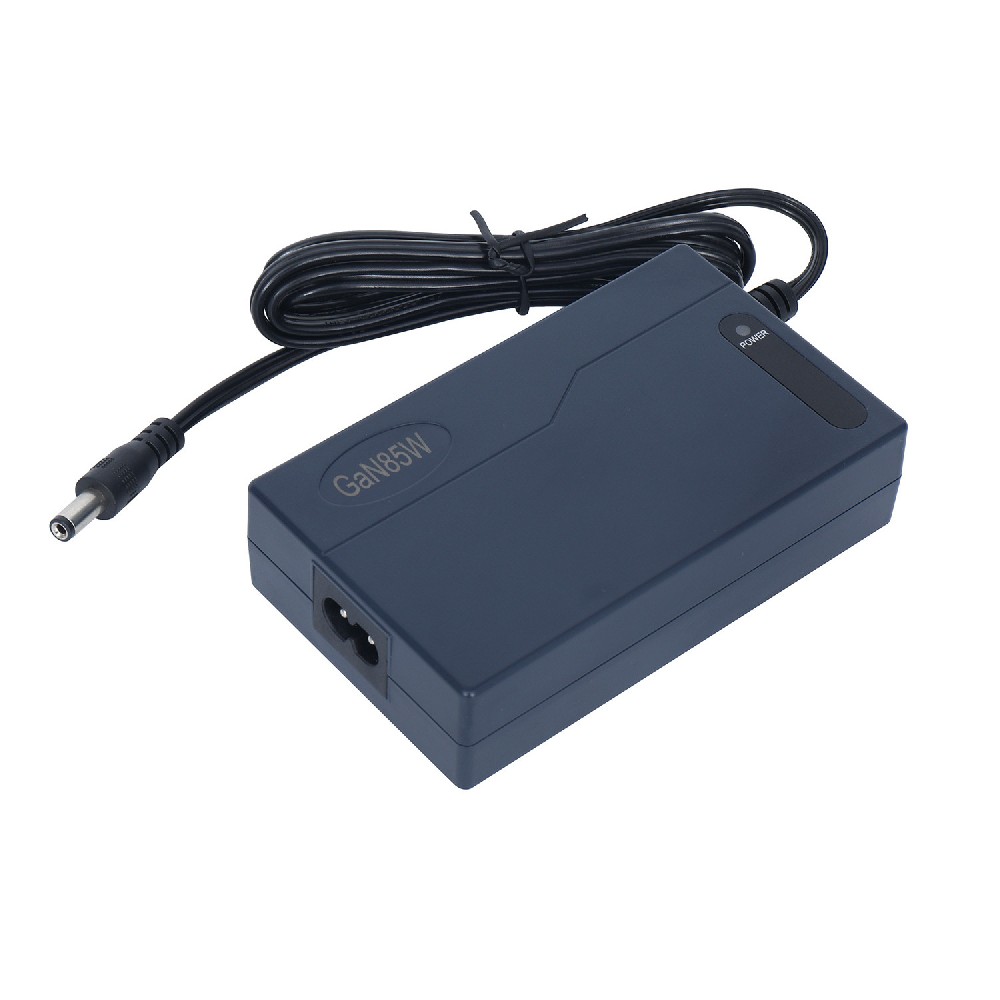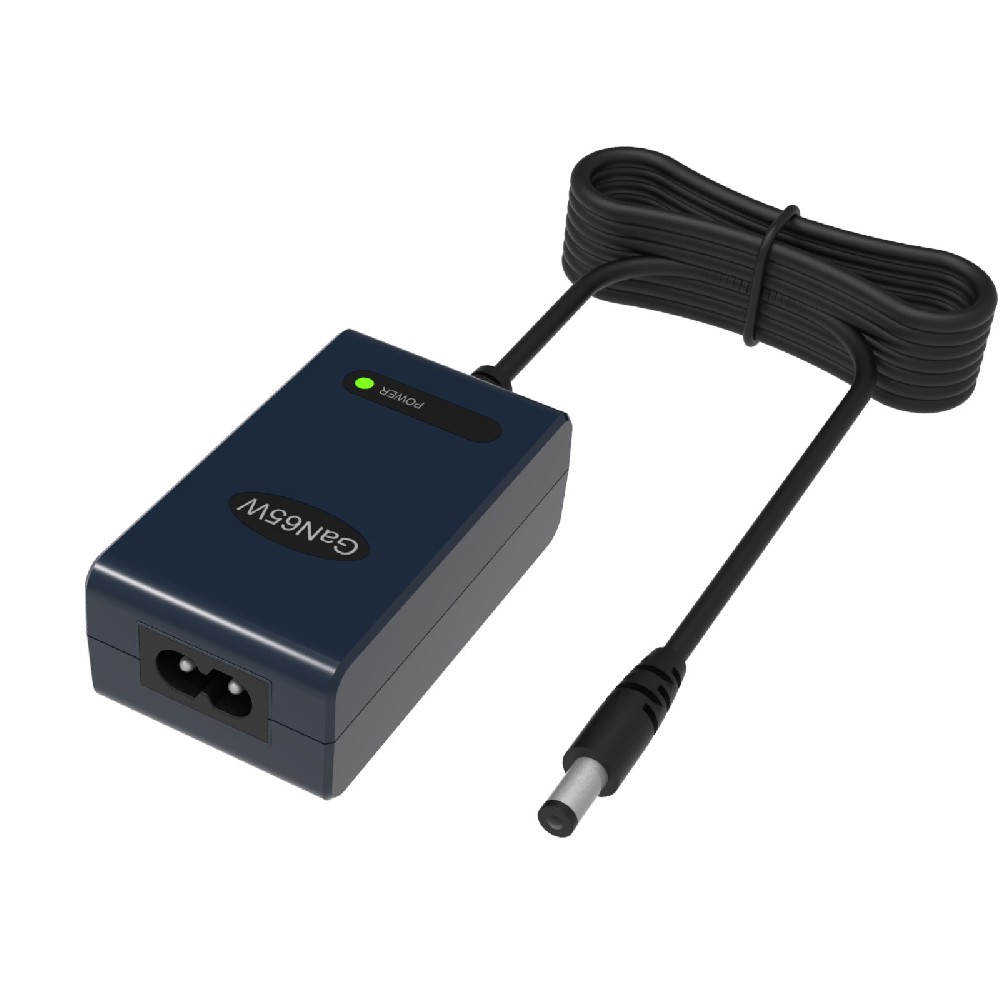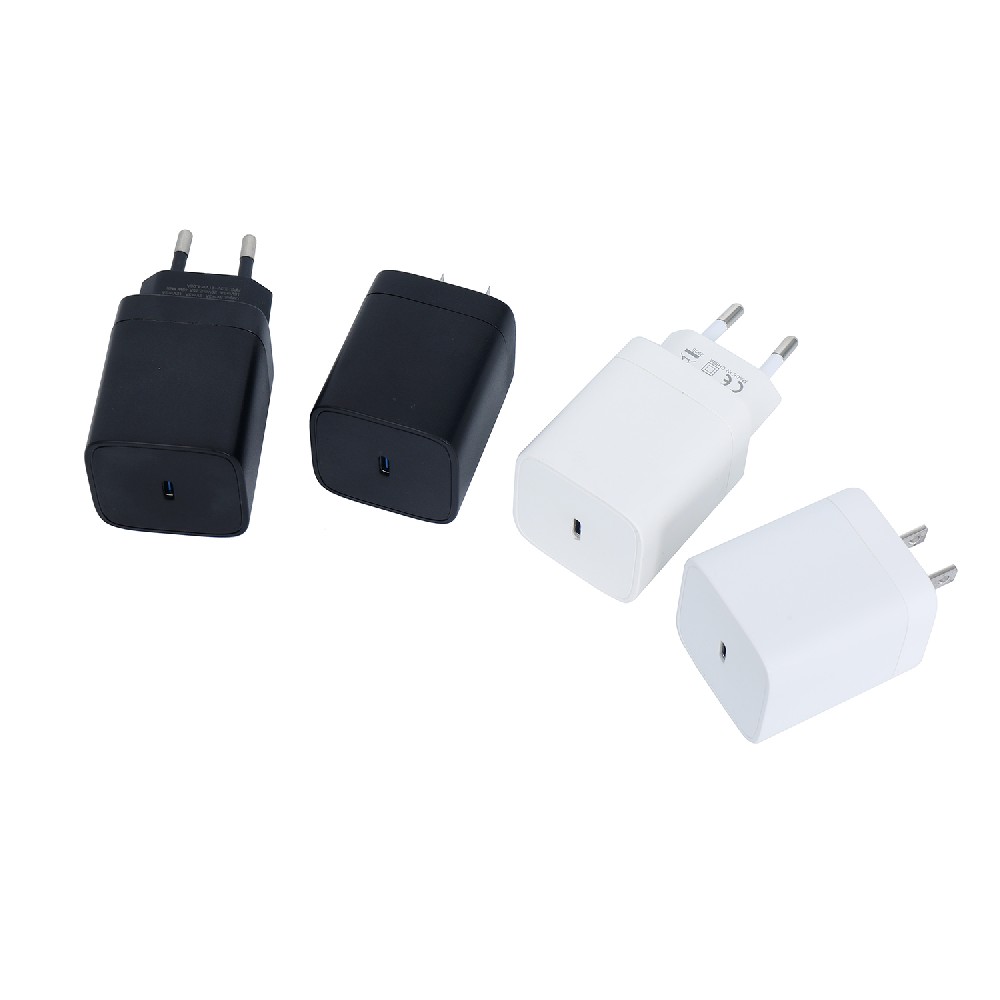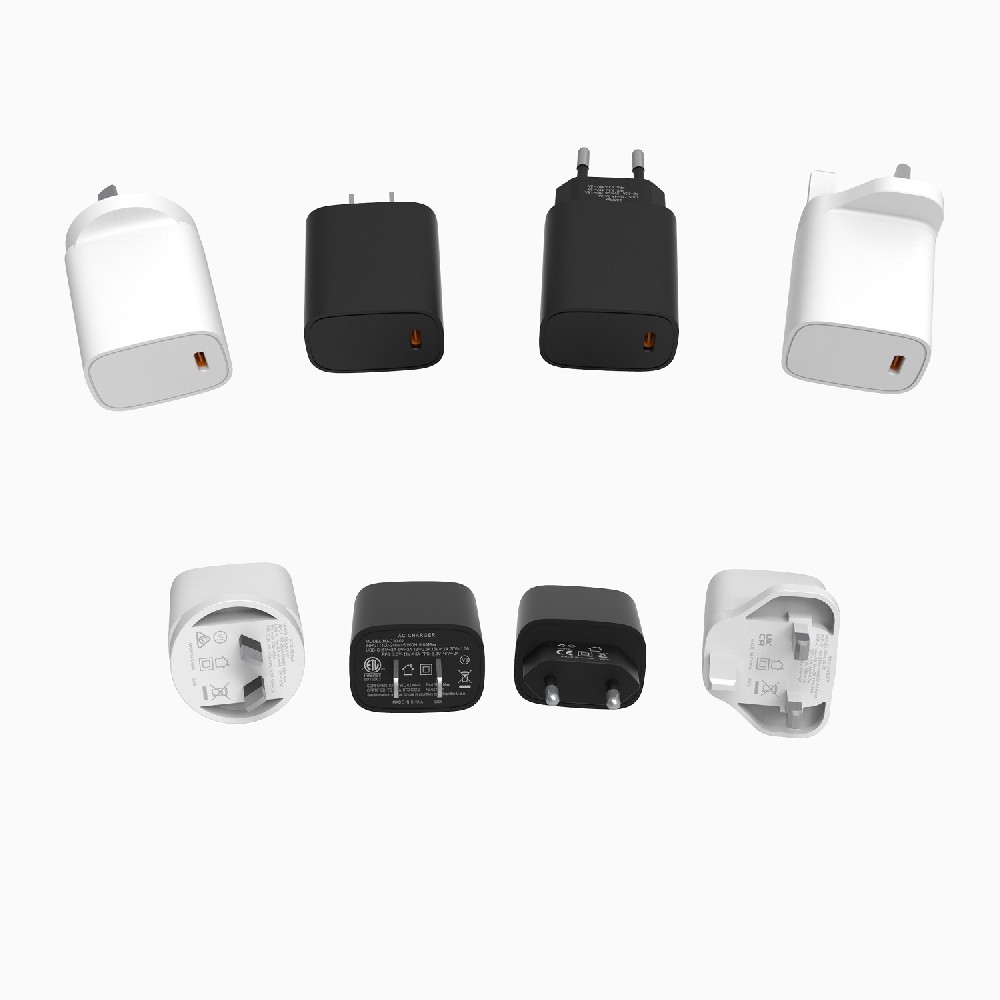The Fascinating World of Li-Ion Battery Charging: Three Key Stages You Need to Know!
Published:2023-05-19 19:46:26 Author:Green WCND Views:37Li-Ion battery charging refers to the process of supplying electrical energy to rechargeable lithium-ion batteries. Lithium-ion batteries are one of the most popular types of rechargeable batteries used today due to their high-energy density, low self-discharge rate, and relatively low maintenance requirements. They are commonly found in portable electronic devices such as smartphones, laptops, and tablets.

Before discussing the charging process, it is important to understand the basic structure of a Li-ion battery. A typical lithium-ion battery is composed of an anode (positive electrode), cathode (negative electrode), and an electrolyte solution. During charging, the lithium ions in the battery move from the cathode to the anode, where they are stored. During discharge, the ions move in the opposite direction, from the anode to the cathode, releasing electrical energy.

The charging process can be divided into three main stages: constant current, constant voltage, and trickle charging. During the constant current stage, the battery is charged at a constant rate until it reaches a preset voltage. This is typically between 3.8V and 4.2V. The constant current stage is designed to rapidly charge the battery until it reaches about 70-80% of its capacity.
Once the battery reaches the preset voltage, it enters the constant voltage stage, where it is charged at a constant voltage until it reaches full capacity. During this stage, the charging current gradually decreases as the battery approaches full capacity. The constant voltage stage is critical for ensuring the battery is charged to its maximum capacity safely.
The final stage of Li-Ion battery charging is the trickle charging stage. This is where the charger maintains the battery at its full capacity while only providing a minimal amount of current. This is important to prevent the battery from overcharging, which can lead to heat build-up and potential damage to the battery.
It is important to note that not all Li-ion battery chargers are created equal. Different chargers can vary in their charging rates, maximum voltage, and other charging parameters. It is best to use a charger that is specifically designed for the battery you are using, and to follow any manufacturer recommendations for maximum charging rates and voltages.
In conclusion, Li-Ion battery charging is a critical process that allows rechargeable batteries to be used again and again. Understanding the three main stages of Li-ion battery charging can help ensure that your batteries are charged to their maximum capacity safely and effectively for the longest possible lifespan.
As a manufacturer dedicated to providing high-quality kitchen appliances, choosing the right power adapter for your rice cooker is crucial to ensuring product s···
As a manufacturer of all-in-one desktop PCs, the power adapter serves as the "invisible guardian" of stable device operation. It must not only precise···
IntroductionGolf carts serve as vital transportation tools on golf courses, and their performance and reliability are crucial for enhancing player experience an···
The battery pack is the heart of a golf cart, silently powering every acceleration and climb on the green. However, battery degradation often goes unnoticed, mu···





